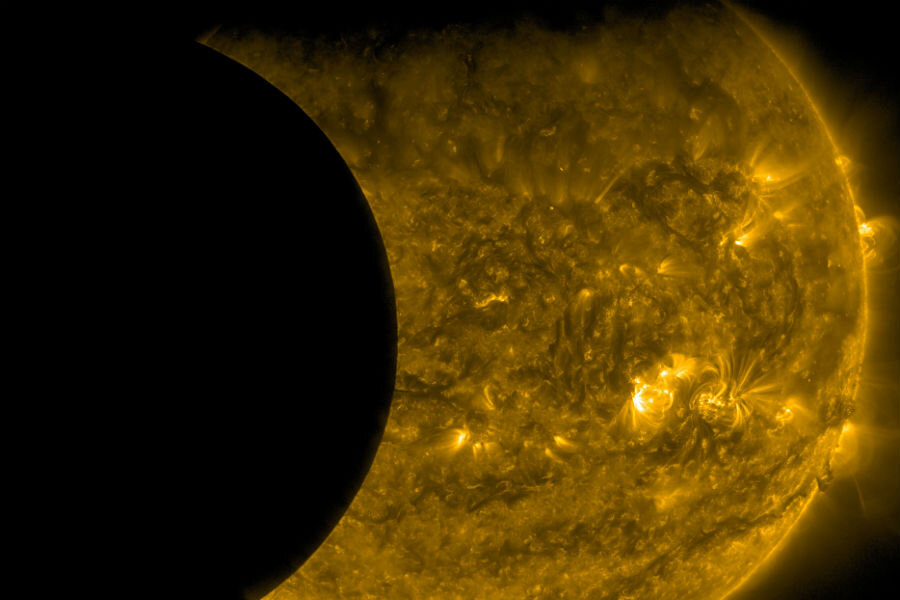Lunar eclipse: Where are the eclipse-supermoon viewing parties?
Loading...
The total lunar eclipse this upcoming Sunday has viewers anticipating where they will watch the astronomical spectacle.
But this isn’t just any lunar eclipse – it is a “Supermoon lunar eclipse.”
Both Supermoons and lunar eclipses occur separately, but what makes this Sunday so special, is that the two events coincide. This coincidence hasn’t happened since 1982, and it won’t occur again until 2033.
This means that the moon will be big, and it will be red.
A bit of red sunlight is able to reach the moon, even though it is completely in the Earth’s shadow. “The reason the moon can be seen at all when totally eclipsed is that sunlight is scattered and refracted around the edge of the Earth by the planet’s atmosphere,” explains Joe Rao with Space.com. And the moon appears red because it is “outlined by a brilliant red ring of all the world’s sunrises and sunsets.” Along with the color, NASA reports that the moon will appear 14 percent larger than normal.
“There’s no physical difference in the moon,” NASA scientist Noah Petro said in a statement. “It just appears slightly bigger in the sky. It’s not dramatic, but it does look larger.”
And the US is in a perfect location globally to view the eclipse, compared to other countries such as China, India and Russia who will not get any view of the rare supermoon lunar eclipse. The only state that won’t get any view at all is Hawaii.
To celebrate, viewing parties have been organized across the country.
In Chicago, the Adler Planetarium in Chicago and Conway Observatory in Lowell, Ill. are two places where telescopes and knowledgeable astronomy enthusiasts will be on hand to offer insights and an up-close perspective of the eclipse, reports The Chicago Tribune.
The Adler will have telescopes outdoors and Adler volunteers will be there as well as a number of telescopes and folks from three local astronomy clubs: the Chicago Astronomical Society, Naperville Astronomical Association and the Northwest Suburban Astronomers. The outdoor viewing is free.
Th Adler Planetarium Lunar Eclipse Viewing Party runs from 7 to 11:30 p.m. local time Sunday.
Some of many viewing parties on the east coast include one hosted by Western Carolina University (WCU) at the Jackson County Airport in Sylva, N.C., and one hosted by NASA Jet Propulsion Laboratory Solar System Ambassador Greg Redfern at the Shenandoah National Park in Charlottesville, Va.
Astronomy faculty from WCU will set up telescopes for the public to use. There will also be participatory activities at the Virginia viewing, including a presentation before the eclipse to explain sky lore and mysteries by NASA’s Redfern. Both events are free and open to all.
Spectators of all ages are invited to join the St. Charles County Parks and Recreation Department and the Astronomical Society of Eastern Missouri to view the rare eclipse at Broemmelsiek Park in Wentzville, Mo.
And on the West coast, Griffith Observatory in Los Angeles will celebrate with live classical music and The University of Nebraska-Lincoln will host a viewing party at the Behlen Observatory.
Although similar viewing parties are taking place throughout the US, the views seen by participants will differ.
Sky and Telescope reports that viewers in the eastern half of North America will be able to see every stage of the eclipse. But in the western half of the states, the eclipse will have already begun by the time the moon rises in the east at sunset.






